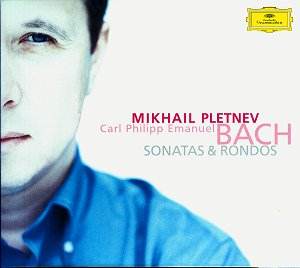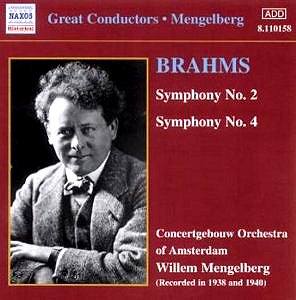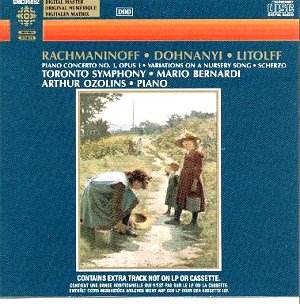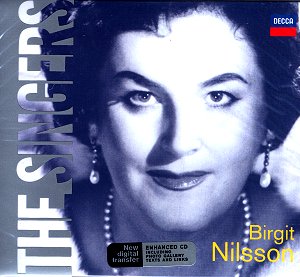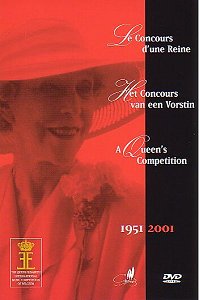 Composer: Various
Composer: Various
Works: [Documentary on the Queen Elizabeth of Belgium Competition]
Performers: Various (performances of notable winners)
Recording: Documentary film by Michel Stockhem and Benoît Vlietinck. Running time: 99 minutes
Label: Cypres
The Queen Elizabeth of Belgium Competition, an esteemed platform for emerging classical talent since its reformation in 1951, serves as the focal point of Michel Stockhem and Benoît Vlietinck’s engaging documentary. This film not only chronicles the history of the competition but also reflects on its impact within the broader context of Cold War politics, offering a nuanced examination of how the shifting landscape influenced musical artistry and competition dynamics. The documentary is a treasure trove for enthusiasts seeking to understand the evolution of classical music performance and its intersection with historical events.
The documentary employs a rich tapestry of archival footage, allowing viewers to witness the youthful vigor of now-legendary performers such as Gidon Kremer and Mitsuko Uchida. Such visuals are gripping, albeit fleeting, as they often provide only brief glimpses into these musicians’ interpretative choices—most notably Kremer’s vibrant rendition of an Ysaÿe sonata. This presentation, while not exhaustive, captures the essence of these artists at pivotal moments in their early careers. The commentary from jury members like David Oistrakh and Yehudi Menuhin adds depth, revealing insights into the selection process and the subjective nature of musical competition.
The documentary does not shy away from critical assessment. Arthur Grumiaux’s candid remarks regarding the commodification of music competition as a ‘sport’ resonate profoundly within the context of the film. This critique is particularly relevant when examining the outcomes of various competitions, where the most recognizable names—like Elizabeth Leonskaja, who placed ninth in 1959—often diverge from the prize winners. The film’s historical narrative is interspersed with discussions about the geopolitical implications of musical accolades, particularly in the context of Soviet competitors who frequently triumphed only to face the specter of defection or obscurity upon their return.
While the sound quality is commendable in more recent recordings, the archival footage, predominantly in black and white, presents limitations, particularly in its monaural sound. Nevertheless, for viewers interested in both the visual and auditory legacy of the competition, the accompanying 12-CD set featuring complete performances of the winners offers a richer listening experience that complements the documentary’s visual storytelling.
This documentary stands as a significant contribution to the understanding of a pivotal institution in classical music. It not only chronicles the triumphs and trials of emerging artists but also serves as a reminder of the complexities surrounding artistic merit and recognition. For those seeking a deeper appreciation of the intricacies and historical significance of the Queen Elizabeth Competition, this film is an essential viewing, providing both an entertaining and informative perspective on the evolution of classical performance.
